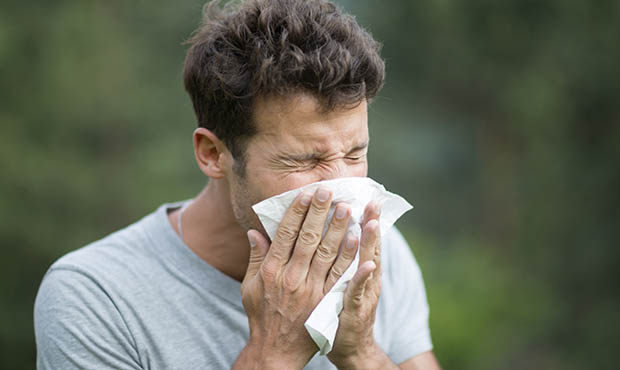
As another spring approaches and the weather warms, many runners find themselves dealing with pesky seasonal allergies.
Sometimes these allergies are so uncomfortable that runners feel like they have no choice but to skip their outdoor runs or suffer a miserable triage of symptoms: itchy and watery eyes, congestion and constant sneezing. But missing a key run doesn't have to be your only option when springtime rolls around.
If you suffer from springtime allergies, here are a few tips to make it through the season without being sidelined.
Identify Your Specific Allergy
As spring approaches, the first thing to be aware of is your specific allergy type. Seeing an allergist can help, since figuring out exactly what triggers your symptoms is the first step to managing them.
Some seasonal allergies are mild, so an allergist may not be necessary, but do keep careful track of how you feel before and after a run so you can better identify the cause.
Check the Count
If you've found pollen to be the culprit, which is common among springtime allergy-sufferers, make sure to check the pollen count before hitting the streets. Knowing the pollen count in your local area can help you plan a better route or, if it's very high that day, hit the treadmill.
Weather.com and Pollen.com are great resources, as they allow you to plug in your zip code to see what the current numbers are in your area and predictions for later in the week. Pollen.com even includes oak, juniper and maple counts.


